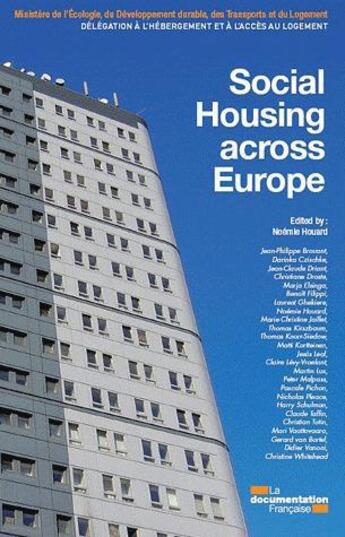Résumé:
Who makes the decisions on social housing in general and "disadvantaged" people in particular ? Where is the focus ? How do the various government tiers and regulating bodies interact, and how do decisions ripple across Europe ? The financial crisis, the economic downturn, the European Union and... Voir plus
Who makes the decisions on social housing in general and "disadvantaged" people in particular ? Where is the focus ? How do the various government tiers and regulating bodies interact, and how do decisions ripple across Europe ? The financial crisis, the economic downturn, the European Union and more fundamental political changes have strengthened the pressures for change in social housing systems across the continent.
How these are playing out varies according to each country's history and welfare scheme. In particular, a glance at European Community decisions suggests that the EU is gravitating towards the notion that social housing should be restricted to the people with income in brackets that bar them from housing at market prices. In most European countries, the economic downturn has accentuated the trends that had already been at work for years.
The EU's interventions, more prominent local and supra-national authorities, as well as greater private-sector involvement in public-policy implementation, illustrate the shifts in public action and raise questions about the point of social housing, its governance and the connection between housing and the so-called "disadvantaged". In the first section of the book, social housing in different welfare systems (United Kingdom, Germany,Finland, Spain, Czech Republic, Netherlands, France) is analysed.
The second part addresses this issue from a transnational and multidisciplinary perspective to cast light on the question of whether such a thing as a European social housing model indeed exists. The third probes whether the notion of a "French model" is actually relevant, putting the spotlight on each of the various facets of France's public policy in the social-housing realm in turn.
Donner votre avis















